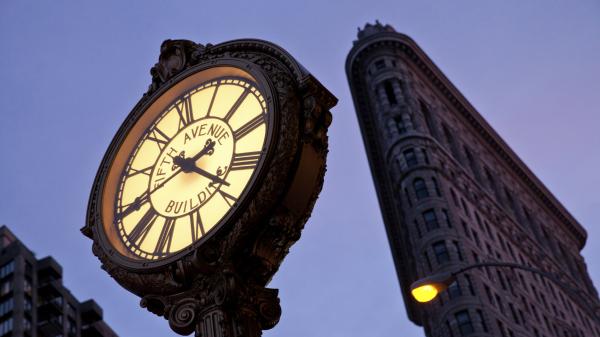What Is Standard Time?
Standard time is the local time in a country or region when Daylight Saving Time (DST) is not in use.

Standard time is also known as winter time or normal time.
©iStockphoto.com/JaysonPhotography
Standard time is sometimes referred to as or winter time or normal time, while DST may also be called summer time, especially in the UK.
DST changes: Dates and local times
No DST in Most Countries
More than 60% of the countries in the world use standard time all year.
The remaining countries use DST during the summer months, generally setting clocks forward one hour from standard time.
Hate clock changes? This expert disagrees
DST Period Longest
The periods of standard time and DST are not equally long. The standard time period is often shorter than the DST period. In the US and Canada, for instance, the standard time period is only around 4.5 months. Most European countries are on standard time 5 months of the year and spend 7 months on DST.
Time Zone Name Changes
During DST, the local time zone name and abbreviation changes, usually to include either “daylight” or “summer” in the time zone name.
For example, New York's standard time is Eastern Standard Time (EST), which is 5 hours behind UTC (UTC–5). However, during DST, the city is on Eastern Daylight Time (EDT), which is 4 hours behind UTC (UTC–4).
In day-to-day speak, however, the time zone is often referred to as just Eastern Time, regardless of whether it's standard or Daylight Saving Time.
Time Difference From UTC
The local time within a time zone is defined by its offset (difference) from Coordinated Universal Time (UTC), the world's time standard.
This offset is expressed as either UTC– or UTC+ and the number of hours.
The standard time in a few countries and territories has a UTC offset of 30 or 45 minutes instead of the usual hour.
Countries Switch Time Zones
From time to time, countries decide to change their standard time. Some changes are for political reasons, like in North Korea.
More common reasons are practical, for example facilitating trade with neighboring areas in Canada or to boost tourism in Mexico.
Time Change Without DST
Instead of DST, some locations change their standard time back and forth every year. For example, the Antarctic research station Troll switches from Greenwich Mean Time (GMT) to Central European Summer Time (CEST), which are 2 hours apart.